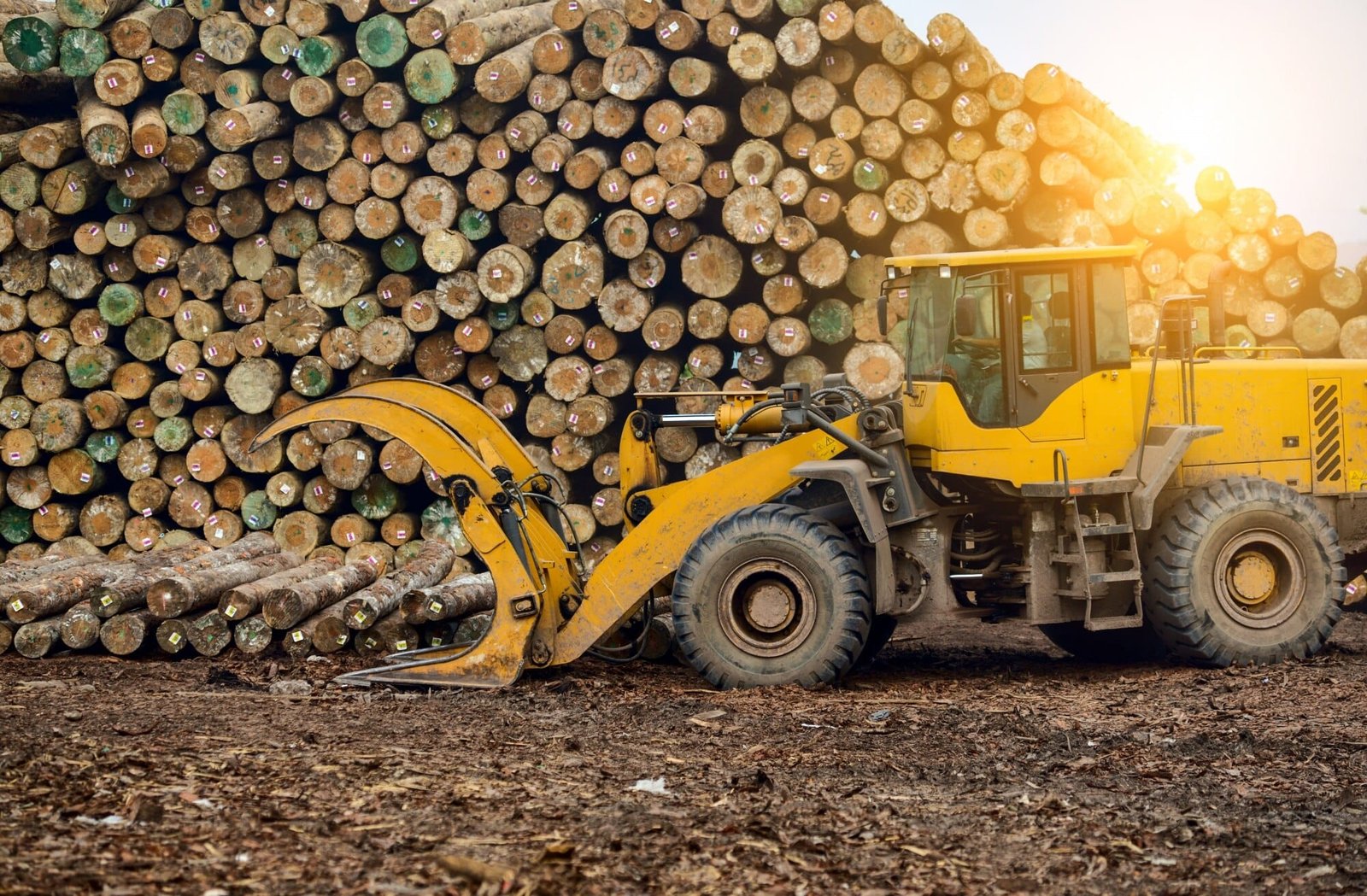Construction is one of the largest contributors to environmental impact worldwide. From carbon emissions and resource depletion to waste generation and energy consumption, the materials used in building projects have far-reaching consequences on the planet. As the industry moves toward more sustainable practices, it is crucial to understand how different building materials affect the environment and what alternatives can help reduce ecological damage.
At VMC Group, we are committed to responsible construction practices that prioritize sustainability without compromising quality or durability. In this article, we explore the environmental impact of common building materials and discuss how greener alternatives can make a difference.
Why Construction Materials Matter in Environmental Sustainability
The global construction industry accounts for:
- ~39% of total energy-related carbon dioxide (CO₂) emissions.
- ~50% of raw material consumption worldwide.
- ~30% of global solid waste production.
Understanding the environmental footprint of materials like concrete, steel, wood, bricks, and glass is essential for making informed decisions that promote sustainable building practices.
The Environmental Impact of Common Building Materials
1. Concrete: A High Carbon Footprint Material
Why is Concrete Problematic?
Concrete is the most widely used construction material in the world, but it has a significant environmental footprint due to its primary ingredient: Portland cement.
- CO₂ Emissions: Cement production accounts for ~8% of global carbon dioxide emissions.
- Resource Depletion: Requires vast amounts of sand, gravel, and water.
- Heat Island Effect: Contributes to urban heat islands by retaining heat in cities.
Eco-Friendly Alternatives:
- Green concrete made with recycled materials and alternative binders (e.g., fly ash, slag, and carbon-injected cement).
- Rammed earth and adobe as natural, low-carbon substitutes.
- Permeable concrete to improve water absorption and reduce runoff.
2. Steel: Strength Comes at an Environmental Cost
Why is Steel Harmful to the Environment?
Steel is a critical material for high-rise buildings, bridges, and industrial structures. However, its production is energy-intensive and reliant on fossil fuels.
- CO₂ Emissions: The steel industry contributes to ~7-9% of global CO₂ emissions.
- High Energy Use: Steel production requires temperatures above 1,500°C, consuming vast amounts of electricity and coal.
- Resource Extraction: Mining for iron ore leads to deforestation and habitat destruction.
Eco-Friendly Alternatives:
- Recycled steel: Producing steel from scrap metal reduces emissions by up to 75%.
- Green steel: Hydrogen-based steelmaking cuts carbon emissions significantly.
- Mass timber (CLT & Glulam): A viable replacement for structural steel in buildings.
3. Timber: A Renewable But Controversial Resource
Why is Timber Both Sustainable and Problematic?
Timber is often considered an environmentally friendly material because it is renewable and carbon-sequestering. However, its sustainability depends on responsible sourcing.
- Deforestation: Unregulated logging leads to habitat loss, biodiversity decline, and increased CO₂ emissions.
- Carbon Storage: Responsibly harvested timber locks carbon in buildings for decades.
- Energy Use: Processing wood products consumes far less energy than steel or concrete.
Eco-Friendly Alternatives:
- Certified sustainable wood: Look for FSC (Forest Stewardship Council) or PEFC-certified wood.
- Reclaimed wood: Using salvaged materials reduces demand for new timber.
- Engineered wood: Cross-laminated timber (CLT) and laminated veneer lumber (LVL) offer durable, sustainable options.
4. Bricks: Energy-Intensive but Long-Lasting
Why Do Bricks Have a High Environmental Cost?
Bricks are a durable and fire-resistant material, but traditional brick production relies on kilns that consume large amounts of fossil fuels.
- High Carbon Footprint: The firing process generates CO₂ emissions and air pollution.
- Resource Depletion: Clay mining disrupts ecosystems.
- Long Lifespan: Bricks last for centuries, reducing long-term waste.
Eco-Friendly Alternatives:
- Unfired bricks: Made from compressed earth, reducing emissions.
- Recycled bricks: Salvaged from demolition projects.
- Fly ash bricks: Utilize industrial waste to minimize environmental impact.
5. Glass: Energy-Intensive But Essential
Why is Glass Environmentally Challenging?
Glass is widely used for windows, facades, and interior partitions, but its production is highly energy-intensive.
- High Temperature Processing: Requires melting sand at temperatures above 1,700°C.
- Raw Material Extraction: Sand mining disrupts ecosystems and water supplies.
- Waste Generation: Large amounts of glass end up in landfills despite recyclability.
Eco-Friendly Alternatives:
- Recycled glass: Reduces energy use by up to 30%.
- Low-E glass: Improves energy efficiency in buildings.
- Photovoltaic glass: Converts sunlight into energy, promoting sustainability.
How to Reduce the Environmental Impact of Construction
While traditional materials continue to dominate the industry, adopting more sustainable construction practices can significantly reduce environmental damage.
Key Strategies for Greener Building:
- Use Recycled and Upcycled Materials: Reduces waste and energy consumption.
- Choose Locally Sourced Materials: Cuts down on transportation emissions.
- Implement Circular Economy Principles: Designing buildings for material reuse and recycling.
- Prioritize Low-Carbon Alternatives: Opt for green concrete, engineered timber, and sustainable insulation.
Conclusion: Building a Sustainable Future
The environmental impact of common building materials is undeniable, but the construction industry has the power to reduce its carbon footprint through smarter material choices and sustainable practices. As architects, builders, and developers explore innovative alternatives, we move closer to a future where construction is both resilient and environmentally responsible.
Read: Top 5 Benefits of Using Timber in Construction
At VMC Group, we are committed to using eco-friendly materials and cutting-edge technologies to create sustainable buildings that benefit both people and the planet. Contact us today to learn how we can help you make your next project greener and more efficient!



